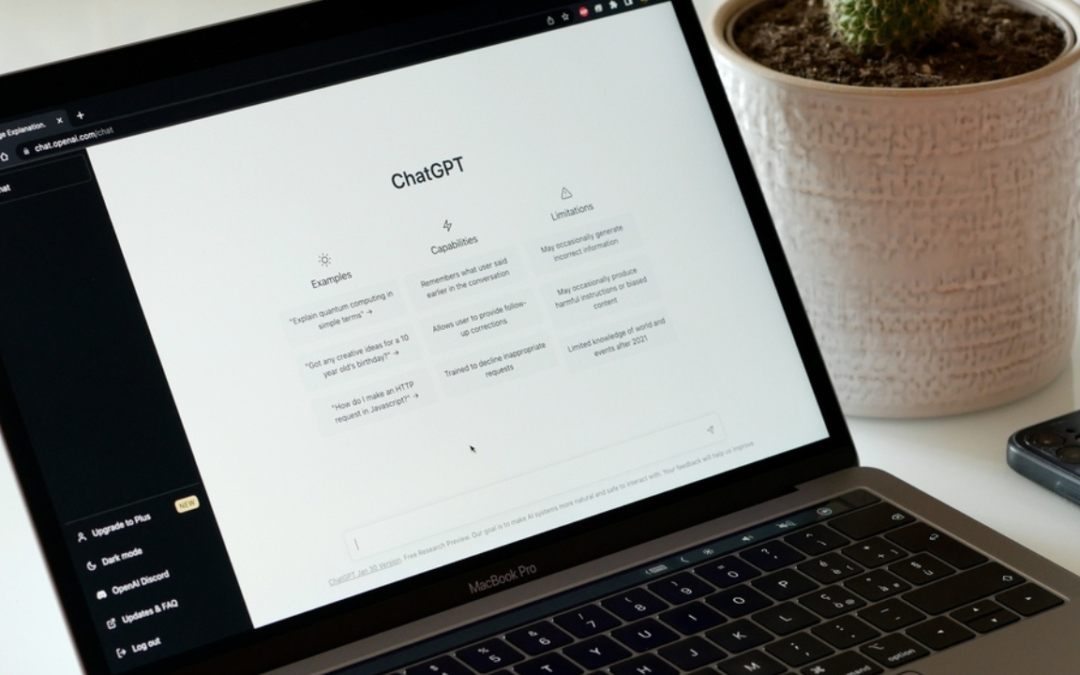Every parent is familiar with the ‘terrible two’s’, that unruly age when formerly sweet toddlers suddenly become tempestuous two-year old terrors.
In recent weeks, bond investors have endured their own form of the terrible two’s as two-year Treasury note prices have plunged in response to surging Federal Reserve tightening expectations. Globally, along yield and credit curves as well as across equity markets, asset prices have slumped as interest rate expectations have soared and recession fears have emerged. Traditional balanced portfolios, comprised of stocks and bonds, have utterly failed to provide diversification in the face of aggressive monetary policy tightening.
But while investor fears thus far have focused on rate hikes, a second risk may be looming—central bank asset sales. The end of ‘QE’ (quantitative easing) and the onset of ‘QT’ (quantitative tightening) might now unleash the ‘terrible tens’—a dramatic collapse of prices for longer-dated Treasury bonds and mortgage-backed securities, the staples of more than a decade of Fed and other central bank asset purchases.
Those fears have a foundation. Memories of the 2013 bond market ‘taper tantrum’ are fresh enough in market memory to raise concerns that something similar could happen today. Worryingly, since the global financial crisis, the Fed and other central banks have become massive holders of fixed income assets. Since 2008, the Fed’s balance sheet has swelled from approximately $800bn to some $8 trillion today. Fed holdings of US Treasury notes and bonds have risen from about 8% of total US government debt outstanding in 2007 to nearly 30% at the start of 2022. Worldwide, central banks have hoovered up over $20 trillion in government bonds in the past 15 years. QE enabled the largest peacetime expansion of government debt in history, particularly during the pandemic.
Now, central banks are stepping back, well before governments have reined in their borrowing.
The aim of QE, of course, was to stimulate economic activity, particularly as the lower bound on short-term interest rates was reached. By buying bonds, central banks lowered long-term interest rates, forcing investors into corporate, housing, and consumer credit, as well as equities. The result was lower borrowing costs for companies and individuals, coupled with soaring household wealth, which complemented policy rate cuts as measures to stimulate economic activity.
In response to surging inflation, most major central banks (the Bank of Japan excepted) are not only hiking interest rates they are also slowing, ending, or reversing asset purchases. From a monetary policy perspective, those moves reinforce rate hikes to dampen demand and slow inflation.
The Federal Reserve, for example, has announced that it will trim the size of its balance sheet by $100bn per month, beginning in July. The European Central Bank (ECB) has stated that it will end asset purchases this autumn.
But will the end of QE and the onset of QT roil bond and other asset markets?
The honest answer is that we don’t know. Thus far, it can be argued that sell-offs in longer-dated government bonds, accompanied by wider credit spreads and lower equity markets, reflect expected future interest rate hikes, rather than a bond demand shortfall as central banks step back from asset purchases. After all, yield curves have mostly flattened (in some dimensions inverted) over the course of this year. That’s in contrast to the 2013 ‘taper tantrum’, when yields on longer-dated bonds rose much faster than those for shorter maturities.
Clear central bank communication and credibility have surely helped prevent QT-related market dislocations. Despite hiking short-term policy rates sooner and faster than originally planned, the Fed has not adjusted its asset reduction schedule. Partly, that reflects lessons the Fed learned from the 2013 tantrum episode. But it is also consistent with Fed research that suggests QE has played a relatively small role in stimulating economic activity. Investors are taking comfort that short rates, and not QT, will be the primary Fed tool to restore price stability.
This does not mean that QT is riskless. In the Eurozone, fault lines are reemerging between ‘core’ and ‘periphery’ government bond markets. Mario Draghi’s famous 2012 ‘do whatever it takes’ pronouncement may be tested as the European Central Bank struggles to find a balance between fighting inflation and maintaining European sovereign debt stability. Already, ECB President LaGarde and her fellow board members are working on measures to support riskier Eurozone government bond markets, while also tightening monetary policy. But whereas Draghi could claim a decade ago that asset purchases were consistent with ECB monetary policy objectives, today’s Governing Council must tread carefully, lest its actions be seen as unconstitutional forms of debt monetization.
So, what‘s the bottom line for investors, particularly after the body-blows they’ve already endured to their beloved 60-40 portfolios?
Well, if it were just about central banks hiking short rates, the case could be made that sufficient policy rate expectations are now ‘baked into’ the yield curve to permit investors to venture back into government bonds. However, corporate bonds and equities still look risky, insofar as downward revisions to profits, cash flows, and credit ratings still lie ahead.
The key is how inflation behaves over the coming few months. If, as we expect, inflation is near its cyclical peak and will soon recede, then central banks will stick to gradual QT – predictability is important and they do not want to roil markets. But if inflation remains stubbornly high or accelerates, or even worse if inflation expectations rise, all bets are off. QT might have to be accelerated and the bond market could convulse.
Older parents comfort younger ones amid the terrible two’s, knowing that tantrums are just a phase of childrearing. Investors must hope that inflation, too, is only a phase. If not, ten-year tantrums lie ahead.



